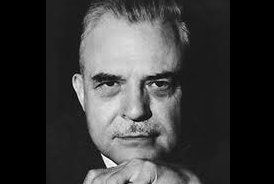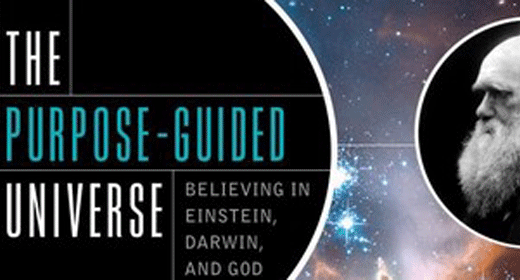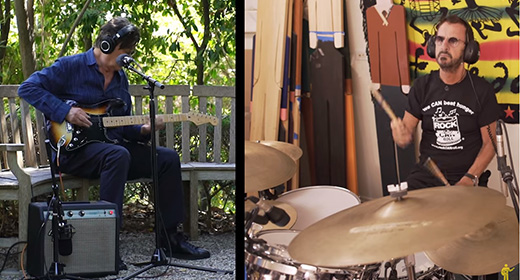by Gregg E. Gorton, M.D.:Milton Hyland Erickson is long considered the father of modern clinical hypnosis, is best appreciated today as a psychotherapy innovator. His “uncommon” therapy was molded by his early career research into the nature of suggestion, hypnotic states, the mental mechanisms underlying psychodynamic processes, and the psychophysiological aspects of trance.
His “uncommon” therapy was molded by his early career research into the nature of suggestion, hypnotic states, the mental mechanisms underlying psychodynamic processes, and the psychophysiological aspects of trance.
Dr. Erickson had a pivotal realization that even as a hypnotherapist, he could be most effective when not using formal or directive hypnosis. The nondirective, naturalistic style he invented is called Ericksonian hypnosis, and his revolutionary psychotherapeutic approach is called Ericksonian psychotherapy. He conceptualized what he was doing as actively catalyzing some new possibility, not as passively awaiting change or as commanding, prescribing, or controlling the ultimate outcome. When I queried him about this in July 1977, he said, “Once you start a snowball rolling from the top of a mountain, who can tell what it will grow into and what path it will take?”
Dr. Erickson believed that treatment should be specifically constructed for each patient because each patient is unique. He advocated a “utilization” approach whereby a clinician utilizes whatever behavior, ideas, or attitudes patients exhibit. Dr. Erickson had a deeply humane view of patients, and he spent a great deal of time getting to know them while testing and working with their responses, especially their strengths. He would concoct an approach—not always using hypnosis—that would allow some slight change to occur, and this was often followed by a cascade of progressive changes. He appeared to have uncanny intuition yet attributed his clinical insight to both the acute development of his own perceptual skills and the innate receptive and synthetic capacities of the unconscious, which Dr. Erickson viewed as a reservoir of creative potential that can be a source of wisdom, not just of pathology.
Among the many therapeutic approaches he spawned were one-session therapy, brief therapy, strategic family therapy, systems-oriented therapy, solution-focused therapy, ordeal therapy, neurolinguistic programming, pediatric and dental hypnoanalgesia, and Ernst Rossi’s psychobiological therapy. He invented such therapeutic techniques as paradox, humor, reframing, confusion, surprise, binds and double binds, metaphors and storytelling, ambiguous function assignments, variable session length, and going with the resistance. Among the many hypnotic techniques he invented or developed are arm levitation, interspersal, confusion, illogic and irrelevance, indirection, many varieties of time distortion, age regression and progression, future projection, and trance induction by touch alone (1).
Dr. Erickson was a truly American character, born in Nevada, who came east in a covered wagon and grew up on a farm in Wisconsin. His struggles to overcome a nearly fatal bout of polio and, later, to live with postpolio syndrome shaped his therapeutic drive. Perhaps it is not surprising that this pioneering clinician who spent the last 30 years of his life practicing and teaching in Arizona and who used stories and metaphors frequently in his work with patients from near and far should himself be the subject of tales that sometimes portray him as larger than life.
Today, nearly 100 Erickson institutes exist in almost 30 countries. The American Society of Clinical Hypnosis, which Dr. Erickson cofounded along with its journal, is approaching its golden anniversary. So, too, is the decision by the American Medical Association to ratify hypnosis as a legitimate medical technique. Dr. Erickson was a courageous clinician whose ingenious insights and techniques can continue to enrich our therapeutic palette if only we are willing to listen to his voice.









































